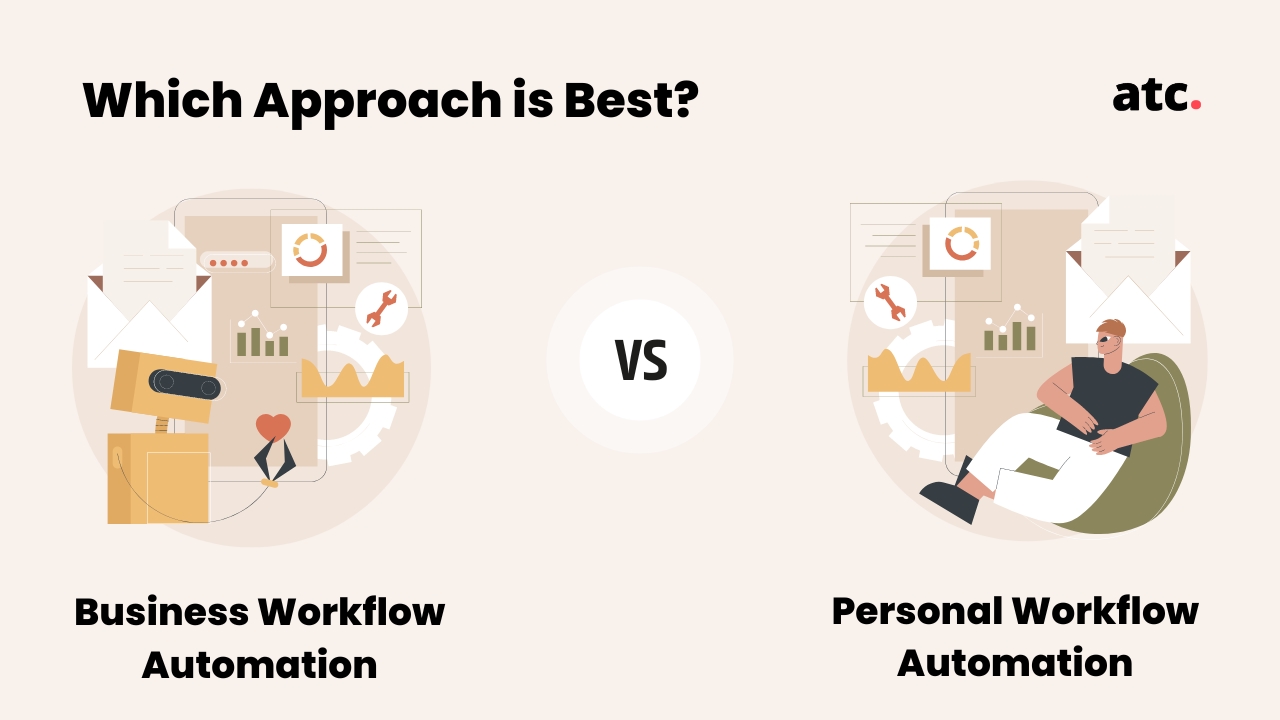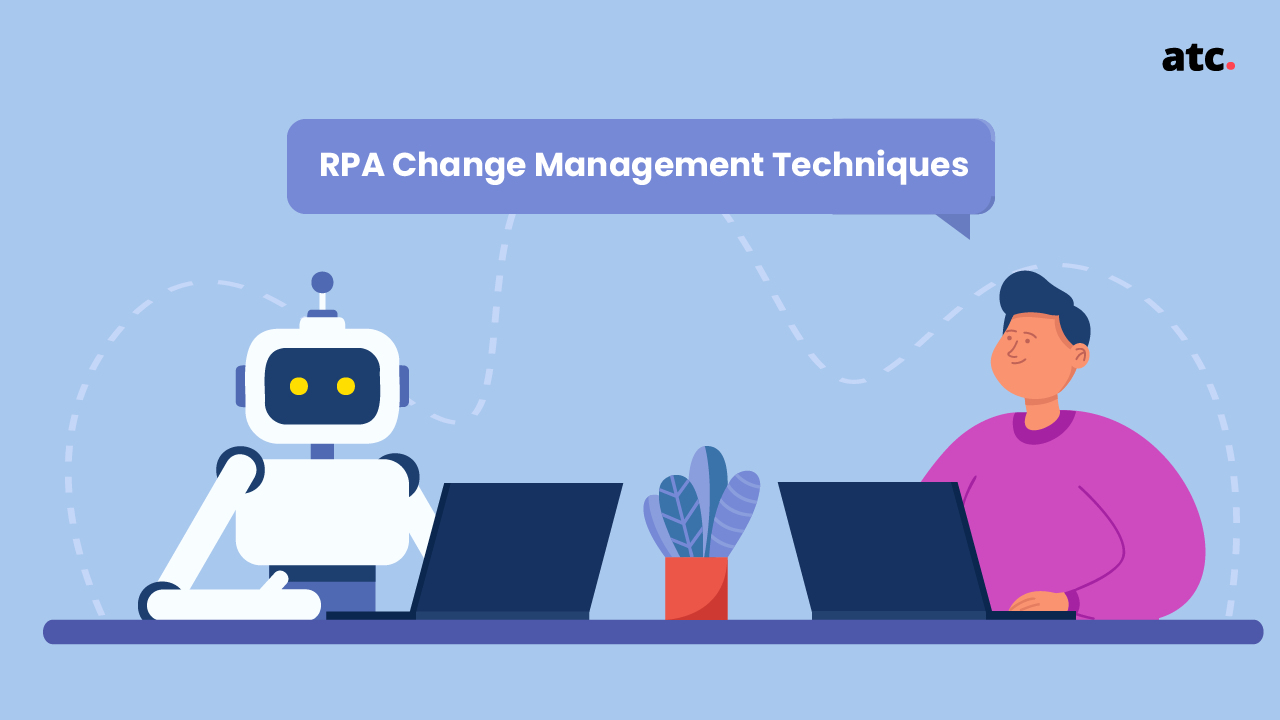Subscribe to the blog
As your business looks to adopt Robotic Process Automation (RPA), it’s important to consider the training and development needs of your workforce. RPA can automate high-volume, repeatable tasks that are currently performed by humans. This has the potential to free up your employees’ time so they can focus on higher-value work. But before you can realize these benefits, you need to ensure that your employees have the skillset necessary to work with RPA technologies. In this article, we will discuss how to create an RPA training strategy that will help upskill your workforce and prepare them for the future of work.
When developing an RPA training strategy, there are a few key considerations:
1. Define your business needs
Before you can create an effective training strategy for your business, you need to first define what your business needs are. This will help you determine what kind of RPA training is required and how to best deliver it. Once you have a clear understanding of your business needs, you can begin to develop a training plan that includes both classroom instruction and hands-on experience. You should also consider the different learning styles of your employees when designing your training strategy.
2. Assess the skills of your team
When creating a robust RPA training strategy, it is crucial to assess the skills of your team. Doing so will help you determine what areas they need to work on and what training they will need to be successful. There are a few key things you should look for when assessing your team's skills. First, you should look at their technical skills. This includes their ability to use the software and their understanding of the programming language. Second, you should assess their analytical skills. This includes their ability to understand data and identify patterns. Finally, you should assess their communication skills. This includes their ability to communicate with other team members and customers.
3. Establish training objectives
There are many reasons why an organization might want to develop RPA training objectives. For example, RPA can help to improve efficiency and accuracy by automating tasks that are typically performed manually. Additionally, RPA can help to free up employees' time so that they can focus on higher-level tasks. Furthermore, RPA can help to improve customer satisfaction by providing faster and more accurate service. As a result, developing RPA training objectives can help an organization to achieve a variety of important goals.
When developing RPA training objectives, it is important to consider the specific needs of the organization. For example, some organizations may wish to develop RPA training objectives that focus on improving efficiency, while others may prioritize customer satisfaction. Additionally, it is important to consider the resources that are available for training. For example, some organizations may have the budget to hire outside consultants, while others may need to rely on in-house expertise. By taking the time to develop well-rounded RPA training objectives, organizations can ensure that they are able to fully leverage the power of RPA.
4. Develop a training plan
To develop a robust training plan, organizations should first decide on the delivery methods, curriculum, and duration. Delivery methods can include classroom instruction, online learning, and hands-on practice. The curriculum should cover the basics of RPA technology and its applications within the organization. The duration of the training will vary depending on the complexity of the RPA implementation and the experience level of the participants. Additionally, a schedule for delivering the training that ensures all employees have ample time to learn and practice the new skills is a must. By taking the time to develop a comprehensive training strategy, organizations can ensure that their RPA initiative gets off to a strong start.
5. Create a phased approach to training
A phased approach to RPA training can help ensure that employees are able to make the most of the technology. By starting with a small group of employees who are able to take on additional responsibility, companies can gradually roll out the program to other employees. This approach helps to ensure that everyone is comfortable with the technology and that there is adequate support in place. Additionally, it allows companies to test and refine the program as it is being rolled out.
6. Incorporate feedback mechanisms
One way to help ensure that employees are getting the most out of their training is to incorporate feedback mechanisms throughout the process. For example, regular progress check-ins can help to identify any areas where employees are struggling and need additional support. Additionally, post-training quizzes and assessments can help to gauge whether employees have fully mastered the material. By incorporating feedback mechanisms into the training process, employers can help ensure that employees are getting the most out of their training and are better prepared for their roles.
7. Build in opportunities for employees to practice using RPA within a safe and supportive environment.
As with any new skill, it is important for employees to have opportunities to practice using RPA within a safe and supportive environment. This will help them to become more confident and proficient in using the technology. One way to provide this type of training is through simulation exercises. Employees can be given a set of tasks to complete using RPA, in a simulated environment that is free from the pressures of real-world deadlines. This will allow them to make mistakes and learn from their experiences without impacting actual work processes. Additionally, employees can be paired with more experienced users of RPA, who can provide guidance and support as they learn the ropes. By building in opportunities for employees to practice using RPA, organizations can help ensure that their workforce is able to make the most of this powerful technology.
8. Evaluate the results of your training strategy
It is important to evaluate the results of your training strategy to ensure that your employees are able to effectively use the RPA software. There are a few key performance indicators that you can use to measure the success of your training program. First, you can look at the number of employees who successfully completed the training program. Second, you can assess the level of employee satisfaction with the training program. Finally, you can measure the impact of the RPA software on employee productivity. By looking at these KPIs, you will be able to determine whether or not your training strategy is successful.
Final Words
As you can see, there are many factors to consider when creating an RPA training strategy for your workforce. At ATC, we have years of experience in helping companies implement and manage successful robotic process automation programs. Contact us today to learn more.




